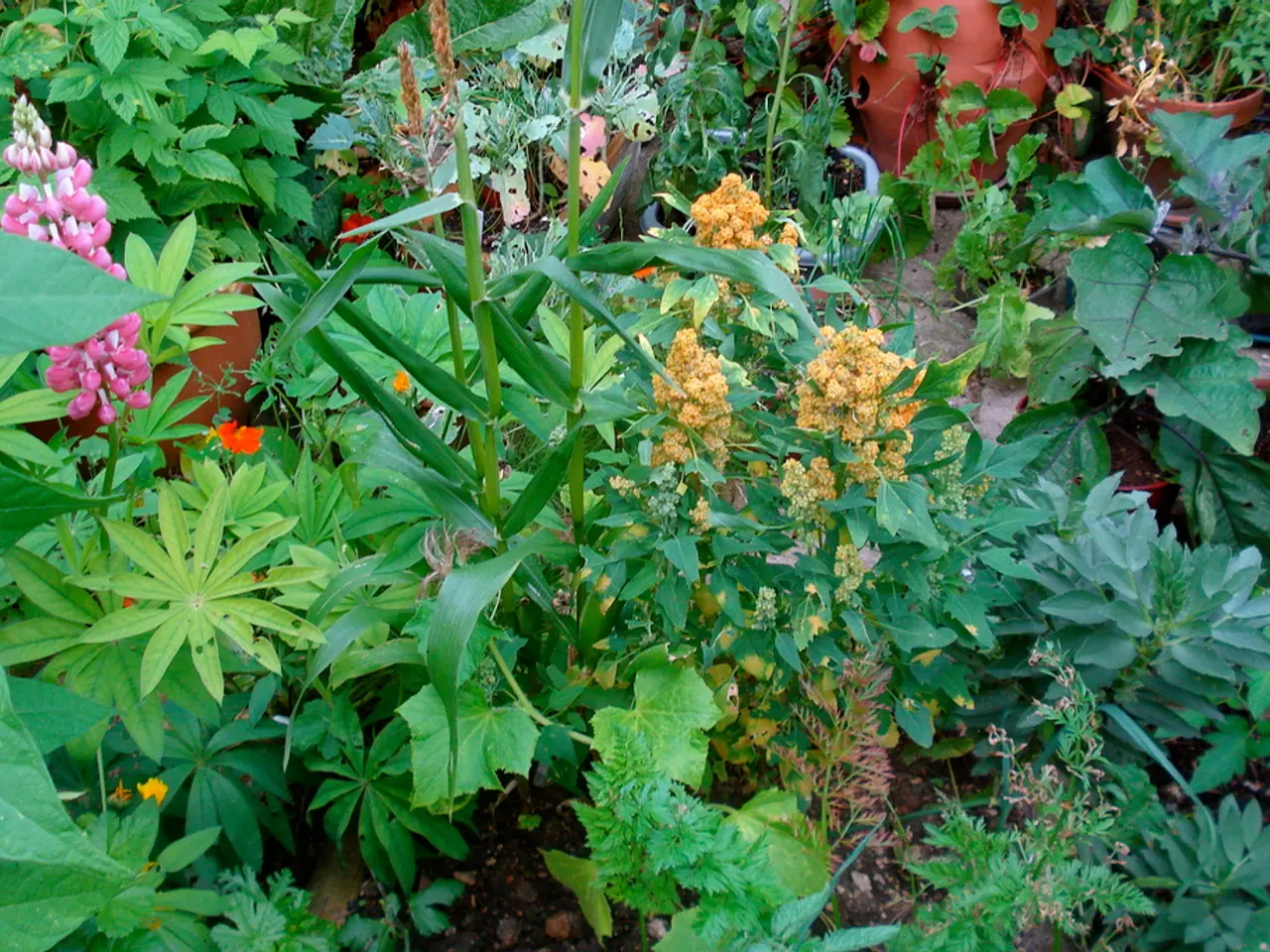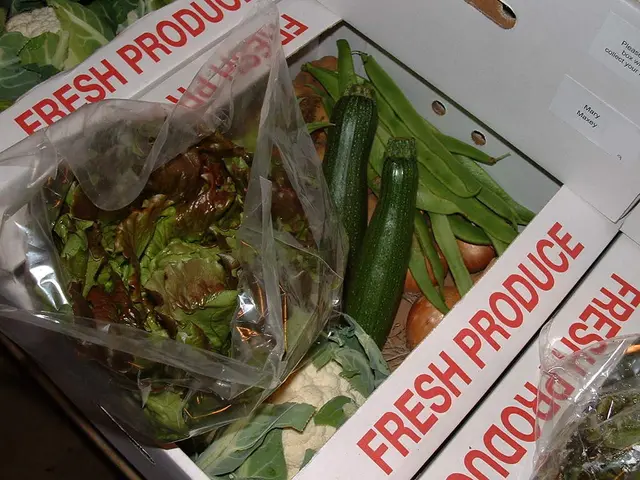July Gardening Tasks: Prioritizing Your Best Garden Duties for the Month
Gardening in July: Tips for Healthy Plant Growth
As the summer heat intensifies, maintaining a thriving garden requires careful planning and attention. Here are some best practices to ensure healthy plant growth during July.
Water Wisely and Deeply
To minimize water loss due to evaporation and prevent leaf scorch, water plants deeply at the base, preferably early in the morning (between 5 and 9 a.m.) or late evening. Shallow, frequent watering should be avoided as it encourages weak, surface roots. Instead, opt for deep, infrequent watering which promotes strong root development and makes plants more drought-resilient. Vegetables generally need about 1 inch of water per week, while newly planted shrubs or trees may require watering 2-3 times weekly. Drip irrigation or soaker hoses are ideal for delivering water effectively right to the soil, avoiding wetting foliage which can promote fungal diseases.
Apply Mulch
Mulching with a 2-3 inch layer of organic materials such as pine straw, shredded leaves, or wood chips helps conserve soil moisture, cool roots, suppress weeds, and improves soil as it decomposes.
Manage Heat Stress and Sun Exposure
Protect heat-sensitive crops and seedlings from intense afternoon sun and prevent sunburn or bolting (early flowering) by using shade cloths, row covers, or companion planting with taller plants. Choose heat-tolerant plant varieties, such as New Zealand Spinach and heat-tolerant lettuces like Buttercrunch and Black Seeded Simpson. Avoid planting cool-season crops prone to heat stress during July.
Pest and Disease Control
Monitor and control common July pests such as aphids, spider mites, cucumber beetles, and Japanese beetles. Handpick larger insects and consider using insecticidal soaps and introducing beneficial insects like ladybugs. Look out for fungal problems like powdery mildew, especially on tomatoes and squash. Maintaining good garden hygiene is essential: remove diseased plant parts and avoid splashing soil onto leaves when watering.
Planting Considerations
July is still suitable for planting certain crops aimed at fall harvest, such as beans, cucumbers, squash, pumpkins, carrots, beets, kale, chard, and fall broccoli or cauliflower seedlings—especially in cooler regions or with care for heat. For transplanting seedlings, plant early in the day or in the evening to reduce transplant shock and water immediately after planting. Maintain consistent soil moisture for seed germination success.
These practices collectively address the challenges posed by July’s heat, intense sun, and dry spells, promoting healthy, resilient plant growth through proper irrigation, soil moisture management, pest control, and crop selection adapted to summer conditions.
Keep in mind that local conditions may vary, so adjusting watering frequency and timing, and selecting appropriate varieties based on your climate zone, will improve outcomes. Gardeners in humid areas should be vigilant about air circulation around plants, while those in regions prone to thunderstorms should be prepared for sudden downpours. Mulching helps retain moisture and keeps the soil cooler when planting in July. Gardeners should be prepared to stake or support taller plants and ensure good drainage to prevent waterlogging.
High humidity can lead to problems such as fungal diseases and mold, so regular inspections and treatments may be necessary. Weeds tend to thrive in July's warm weather and compete with garden plants for water, nutrients, and sunlight, so regular weeding is essential. July weather is characterized by long, hot days and often dry conditions, making watering crucial to ensure plants receive enough moisture.
By following these practices, gardeners can enjoy a bountiful harvest of vegetables, fruits, and flowers throughout the summer and into the fall. Some of the best plants to grow in July include tomatoes, sweet and hot peppers, zucchini, cucumbers, eggplant, basil, rosemary, oregano, sunflowers, marigolds, zinnias, watermelons, and cantaloupes. Blueberries, raspberries, and strawberries can also produce well in July, provided they receive full sun, well-drained soil, and regular watering.
Incorporate mulch with organic materials like pine straw, shredded leaves, or wood chips when tending to your home-and-garden, as it helps conserve soil moisture, cool roots, suppress weeds, and improves soil. To ensure healthy growth of plants during July, chose heat-tolerant varieties such as New Zealand Spinach and heat-tolerant lettuces like Buttercrunch and Black Seeded Simpson.








